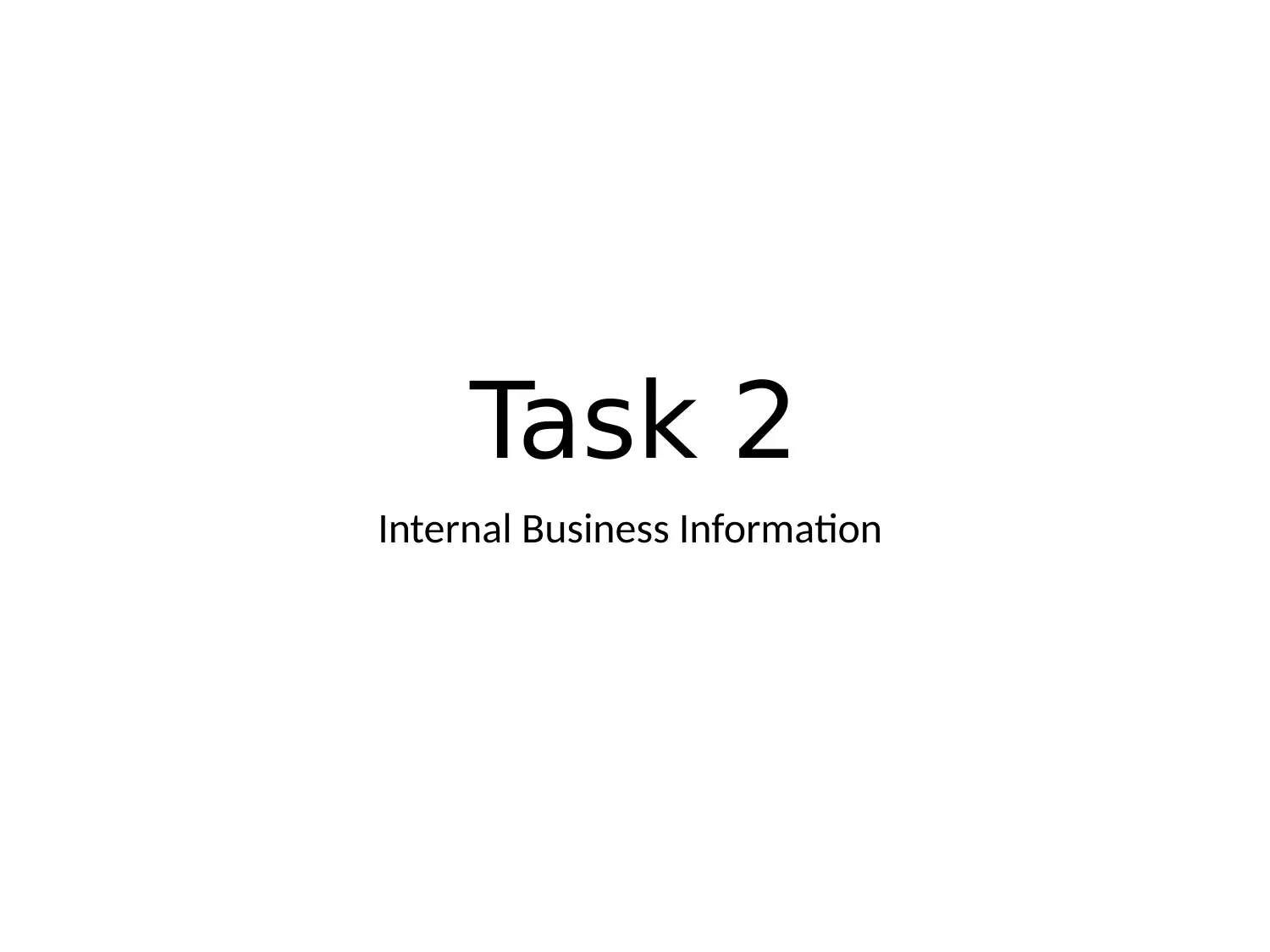Luton International College: Tesco Financial Analysis Presentation
VerifiedAdded on 2023/03/30
|7
|303
|162
Presentation
AI Summary
This presentation provides an overview of Tesco's internal business information, focusing on its financial performance, particularly during the challenging financial year of 2014-2015. It highlights the continuous fall in share prices following Sir Terry Leahy's departure as CEO in 2010, with a significant drop towards the end of the 2011-2012 tax year and a 1% fall in profits in April 2012, marking the first decline in 20 years. The presentation also notes a recovery in share prices towards the end of the 2012-2013 tax year, followed by a low point in the middle of the 2014-2015 tax year. The presenter aims to explain this complex information clearly to an audience of business journalists, providing them with a comprehensive understanding of Tesco's financial situation.
1 out of 7














![[object Object]](/_next/static/media/star-bottom.7253800d.svg)